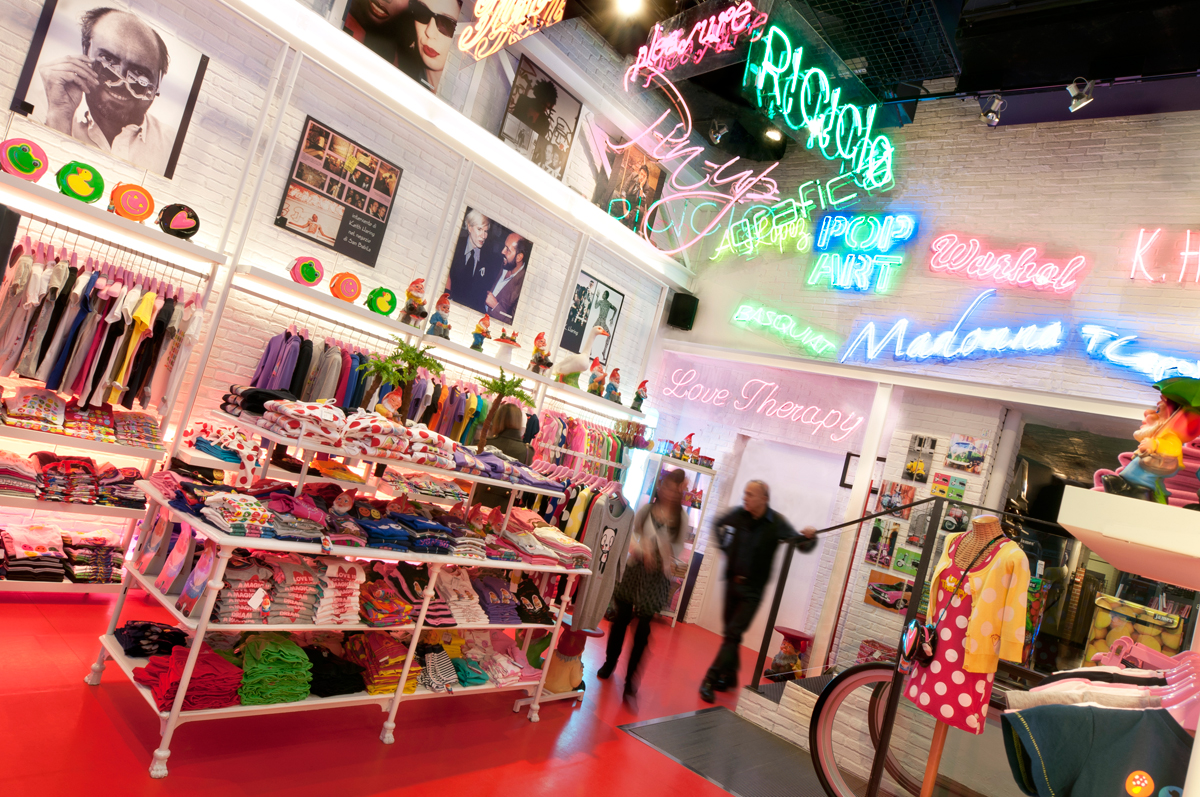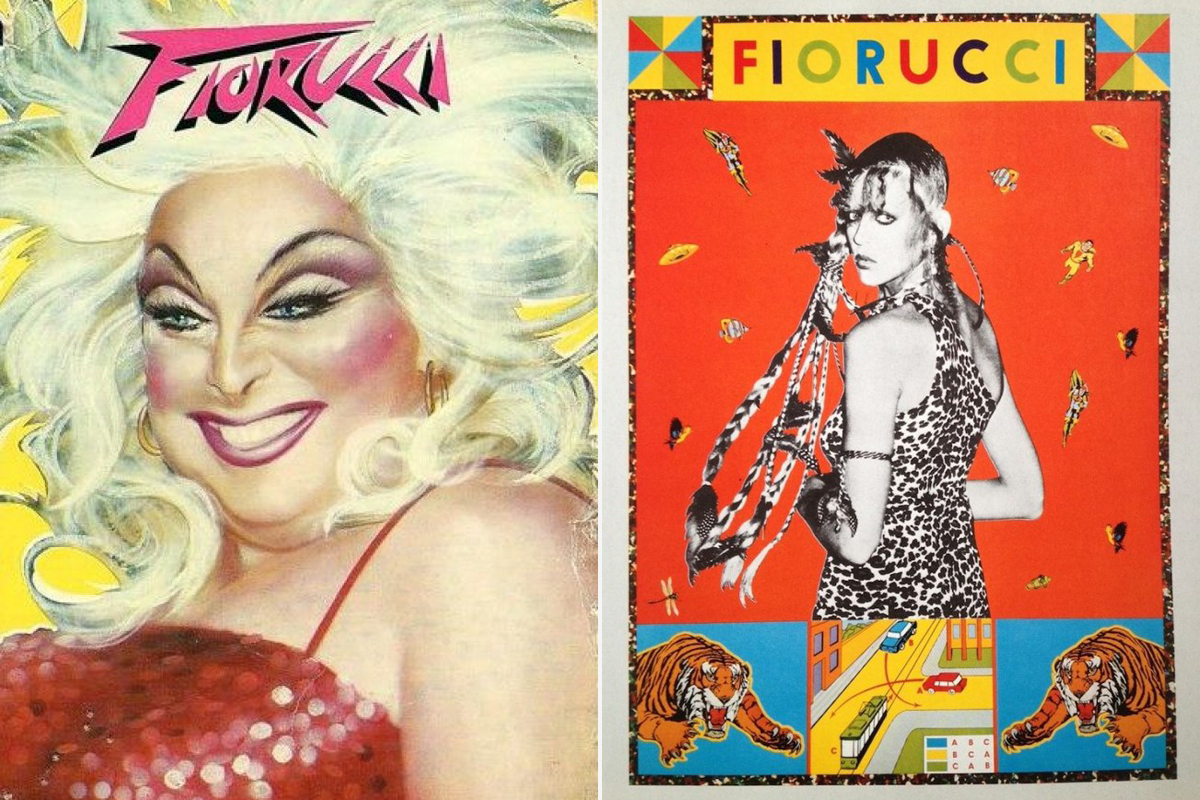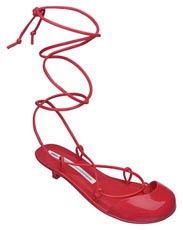Rest in Peace, Elio Fiorucci
A touching tribute to the man who changed the face of fashion

Yesterday, 20 July, one of the most colorful lights of the international fashion faded away. Elio Fiorucci has, for decades, been a reference for those who consider fashion as a synonym for freedom, color, fun, love. Fiorucci could seek and understand trends before there was a business around that practice; a creative mind able to transform his passion for beauty into a global enterprise. He was always looking for inspiration from the streets in each form, from art to fashion, food, design and anything that has to do with the total independence of thought.

In the early ’60s Fiorucci often travelled from Italy to London and get a glimpse of the goings-on in Carnaby Street, King’s Road and Portobello. Thus, he decided to set up in Milan (his hometown) a store that would resemble what he saw in London. On 31 May 1967 the historic store in Galleria Passarella opened—in the very heart of Milan. There, he sold shoes made by the family business and clothing and accessories from England, France, USA, South America and Asia.

His own creations have always been eclectic and influenced heavily by pop culture. Icons of his store were a hot pink jumpsuit, overalls made from machine-washable paper, plastic sandals (aka Jellies, designed by a young Manolo Blahnik), platforms and clogs covered in flowers, sock-boots and—perhaps most notable—his super-bright galoshes.

By 1977, the artistic direction of the house was to be managed by a group called Ufficio Dxing. While Fiorucci himself was overseeing, he gave lot of freedom to the team. The structure wasn’t hierarchical and was based on what they called “visual tourism.” Research was constant, and members of this creative group were constantly traveling on buying trips—seeking new, interesting products and artifacts from every possible field. Some were simply collected, others became part of the collection on sale at Fiorucci’s stores. Ufficio Dxing was also in charge of the conception of signature clothing and accessories, labels, shopping bags, store design and events. It could be said that they systematically reread the history of fashion since World War II, and this work has given rise to a map entitled How to Read Fashion, which summarized and compared the basic stages of fashion, film, art, music, historical events and customs.

Fiorucci’s work during the ’60s was intrinsic to some significant changes to the fashion industry. Several factors at play were altered forever: comfort (his jeans were among the first in Italy to be developed with stretch materials), youth (in his stores young people were catered to with magazines and loud music), nudity (his posters became advertising icons with almost-naked girls featured).

In the years to come, Fiorucci started legendary collaborations with the likes of Madonna, Keith Haring, Andy Warhol, Grace Jones and many others. Whether they were emerging artists or superstars, Fiorucci just wanted them to have something to say about the future of fashion and creativity. Despite his stellar career, Fiorucci remained incredibly humble; it was incredibly easy to talk to him, and he was often spotted on the subway in Milan. His passion for discovery and innovation, his eye for style and authenticity, and his desire to surprise have carved out a historic and important position in the history of fashion.
Images courtesy Fiorucci archives and Fiorucci Instagram












